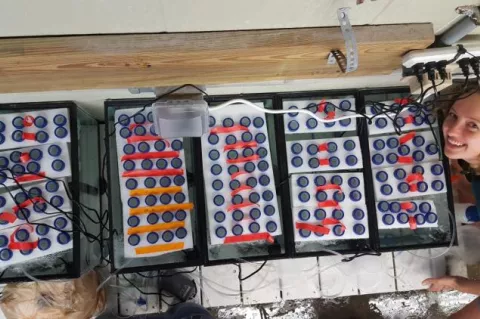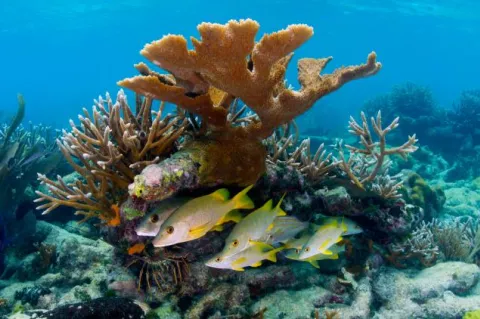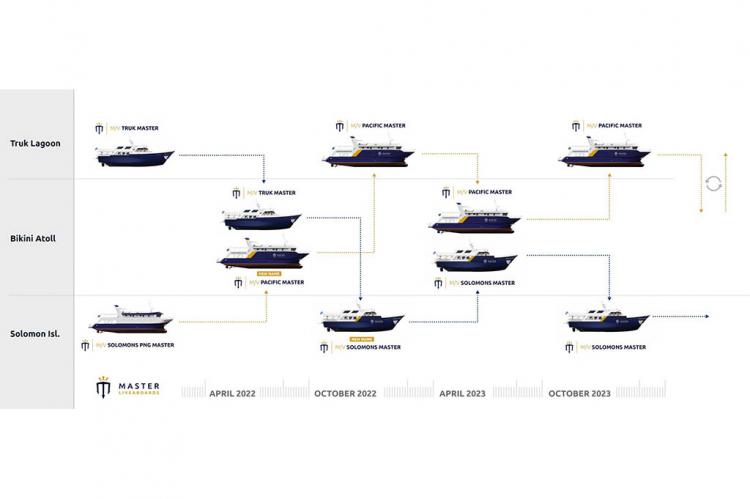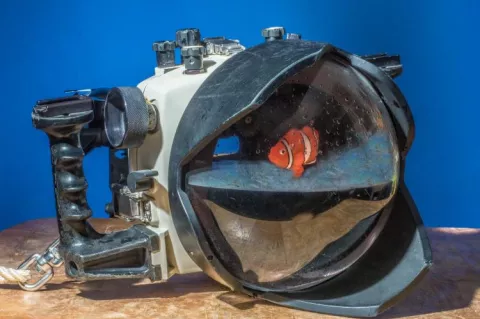Resilience pays off in oyster research
Researchers led by Louisiana State University (LSU) alumna Joanna Griffiths from Portland, Oregon, and her faculty advisor LSU Department of Biological Sciences Associate Professor Morgan Kelly reveals why some oysters may be more resilient to freshwater than others.
Griffiths wanted to find out whether, due to transgenerational plasticity, oysters that lived in low salinity would have offspring that was more resistant to low salinity.
Transgenerational plasticity occurs when a generation’s flexibility is passed on to the next generation.







